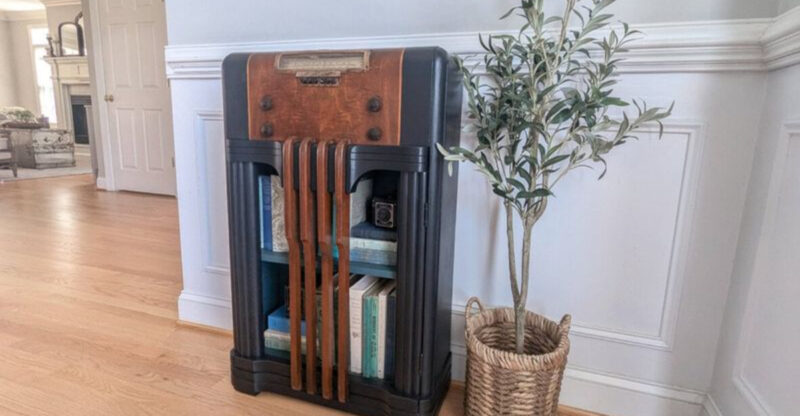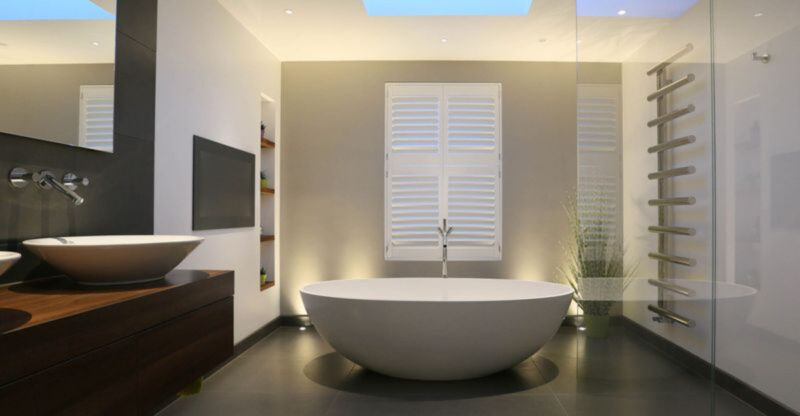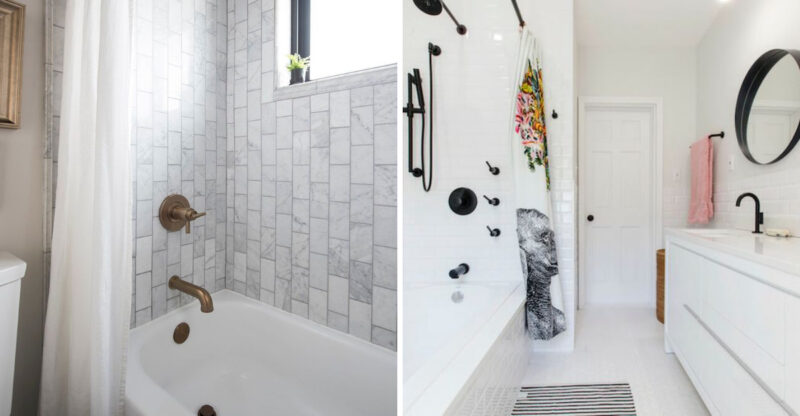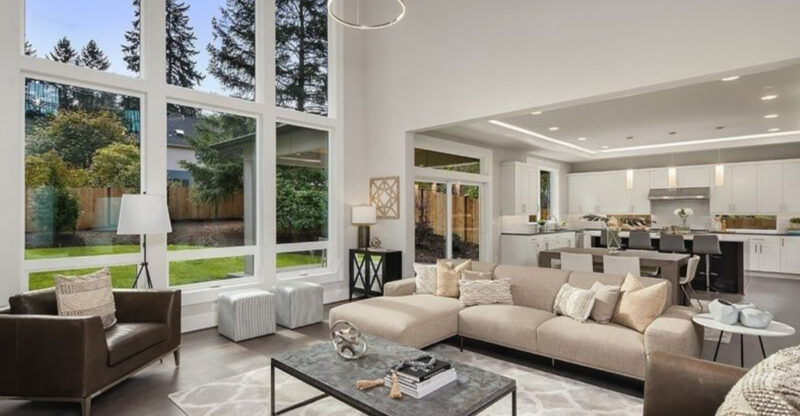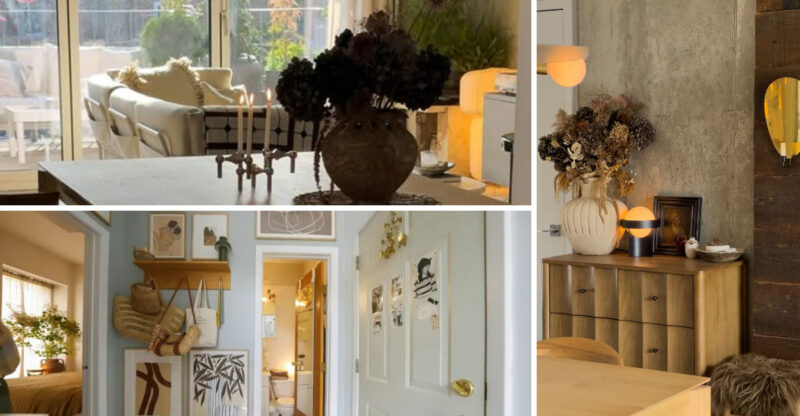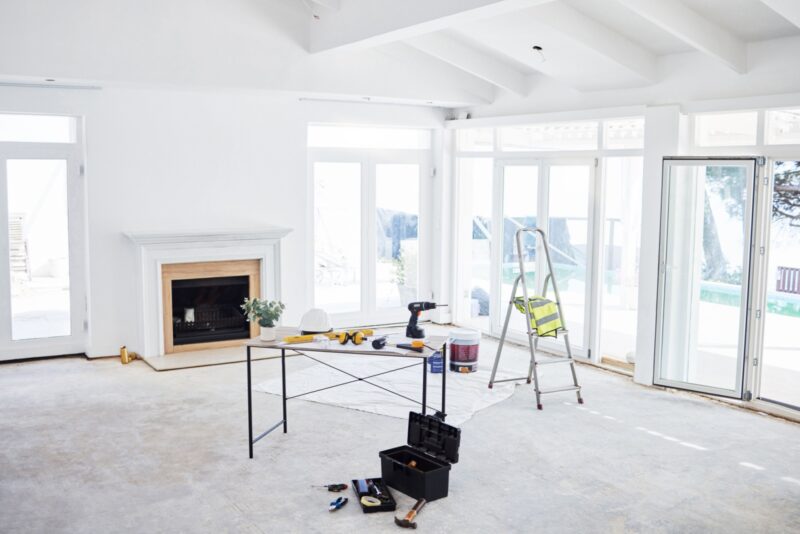From Overused To Outdated 15 Buyer Turnoffs You’d Never Expect And 7 Total Fails
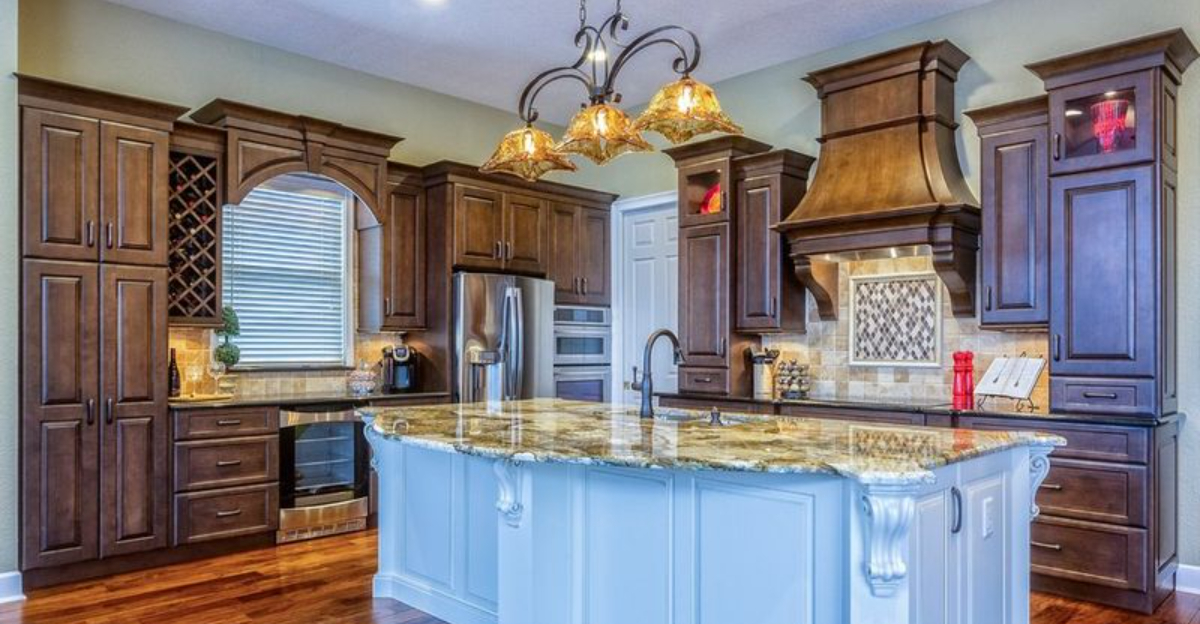
When selling your home, certain design choices can send potential buyers running for the door. What you once thought was trendy might now be the very thing preventing a sale.
I’ve seen countless homes sit on the market because of outdated features or design overkill that new homeowners simply don’t want to deal with.
Let’s explore the unexpected turnoffs and total fails that could be sabotaging your home sale.
1. Barn Doors Everywhere
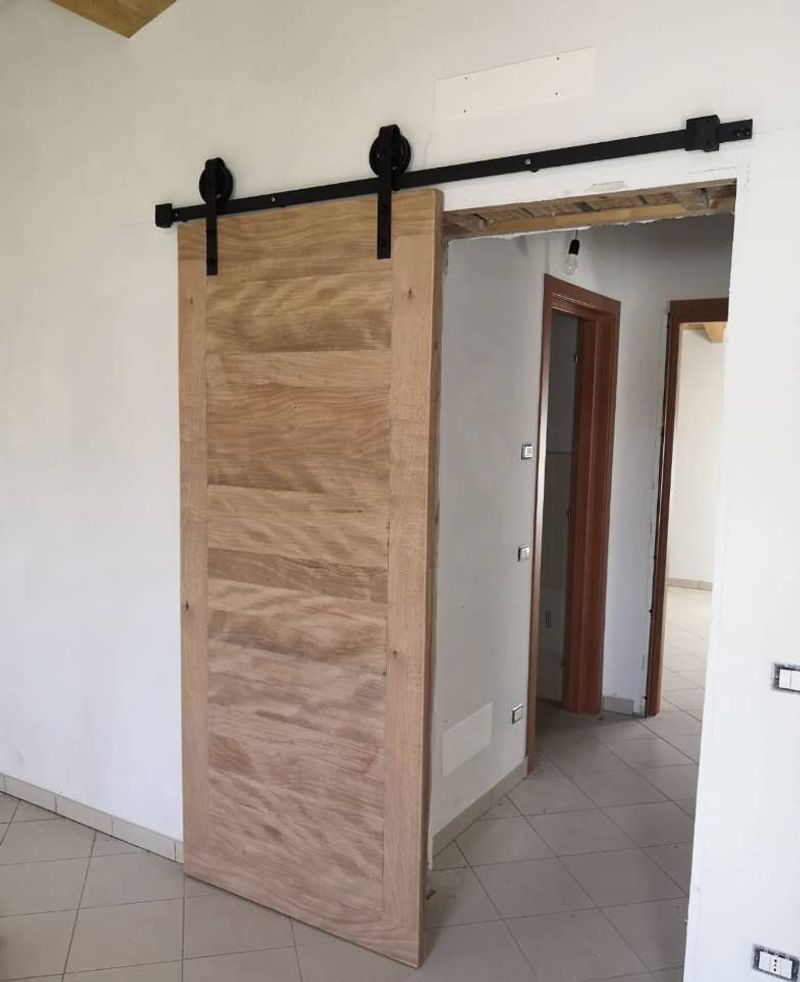
Remember when barn doors seemed like the perfect solution for every doorway in the house? Those sliding wooden panels that once graced every HGTV renovation now make buyers cringe. They’re noisy, they don’t seal properly for privacy, and they scream “2015 Pinterest board.”
Most potential homeowners now view multiple barn doors as a to-do list item they’ll need to replace. The hardware gets loose, the doors jump their tracks, and trying to have a private conversation behind one is nearly impossible.
If you have a single barn door in a fitting location like a pantry, that’s fine. But when every bathroom, bedroom, and closet sports one, buyers see dollar signs – and not in a good way.
2. Shiplap Overload
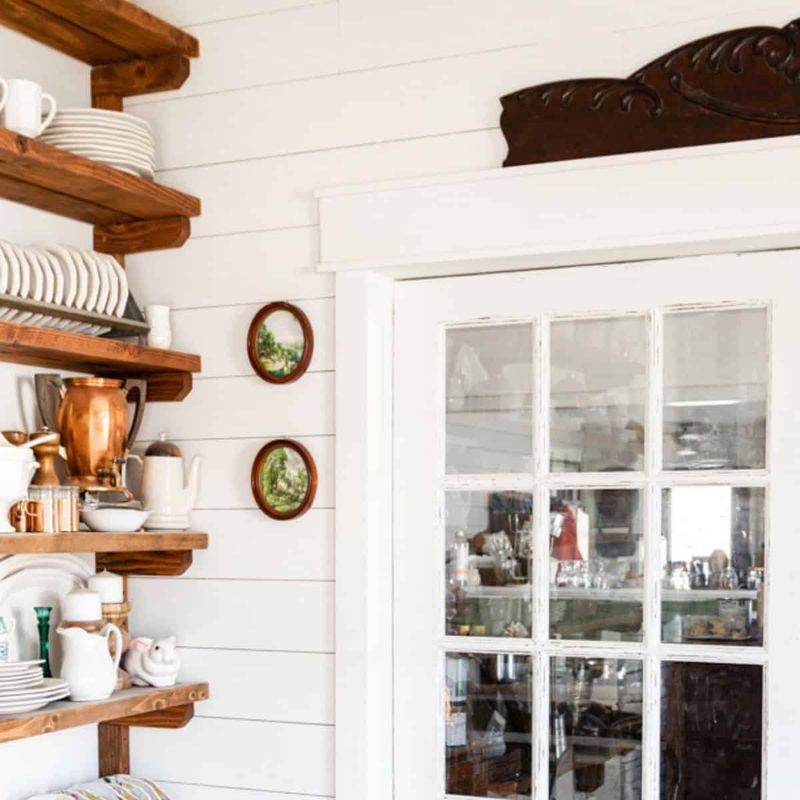
Joanna Gaines has a lot to answer for! While a tasteful accent wall of shiplap can add character, covering every vertical surface with horizontal wooden planks creates a claustrophobic cabin feel that most modern buyers reject instantly.
Walking into a home where living rooms, bedrooms, and even bathrooms are lined with this trendy wood treatment feels overwhelming. The worst offenders even extend it to ceilings, creating a box-like effect that makes rooms feel smaller and dated.
If you’re selling, consider removing excessive shiplap or at least painting it a clean white. Buyers today want flexibility with their wall space and view too much shiplap as a renovation expense rather than a charming feature.
3. All-Gray Interiors

The gray-everything trend has officially worn out its welcome! Once considered the height of modern neutrality, homes painted entirely in shades of gray now feel cold, clinical, and devoid of personality to today’s buyers.
Gray walls, gray floors, gray countertops, and gray cabinets create a monotonous, depressing environment that feels like living inside a rain cloud. Buyers now crave warmth and character something that the all-gray aesthetic simply cannot deliver.
If your home resembles a grayscale photo, introducing warmer neutrals or actual color before listing could dramatically increase buyer interest. Even simple changes like beige walls or wood-toned accents can transform a space from forbidding to inviting.
4. Wall-to-Wall Carpet
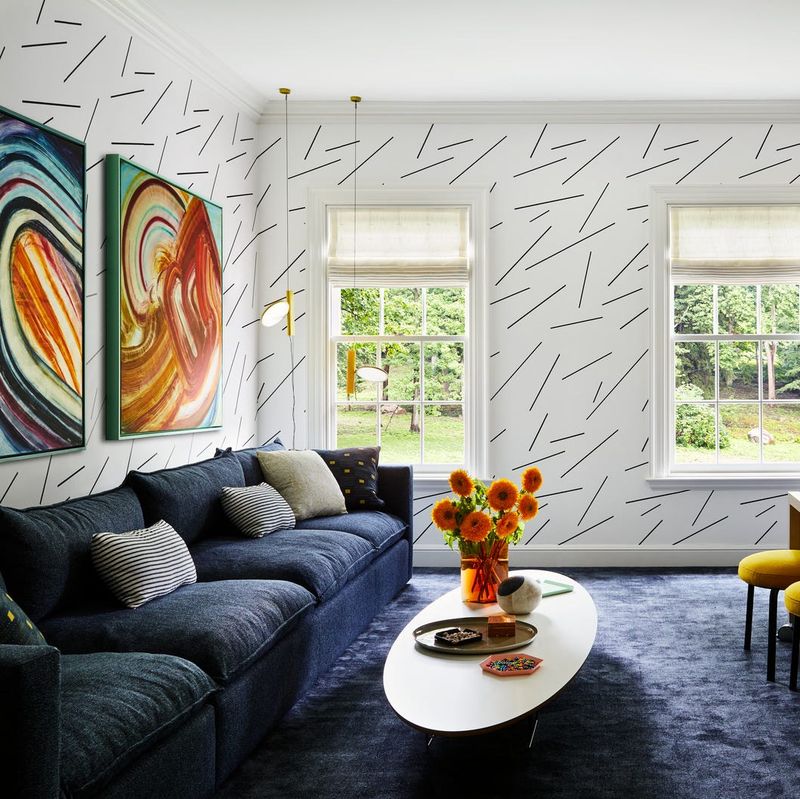
Nothing makes millennial and Gen Z buyers run faster than wall-to-wall carpeting throughout a home. This flooring choice, especially in beige or outdated patterns, signals hidden dirt, allergens, and inevitable replacement costs to today’s hygiene-conscious buyers.
Carpeting in bathrooms and kitchens is an absolute dealbreaker (more on that later). But even in bedrooms and living areas, younger buyers strongly prefer hard surfaces they can accent with area rugs that can be properly cleaned or replaced easily.
If selling is in your future, consider replacing at least the main living area carpets with laminate, LVP, or hardwood if budget allows. Your return on investment will be substantial compared to the price reductions carpet typically triggers.
5. Overdone Open Shelving
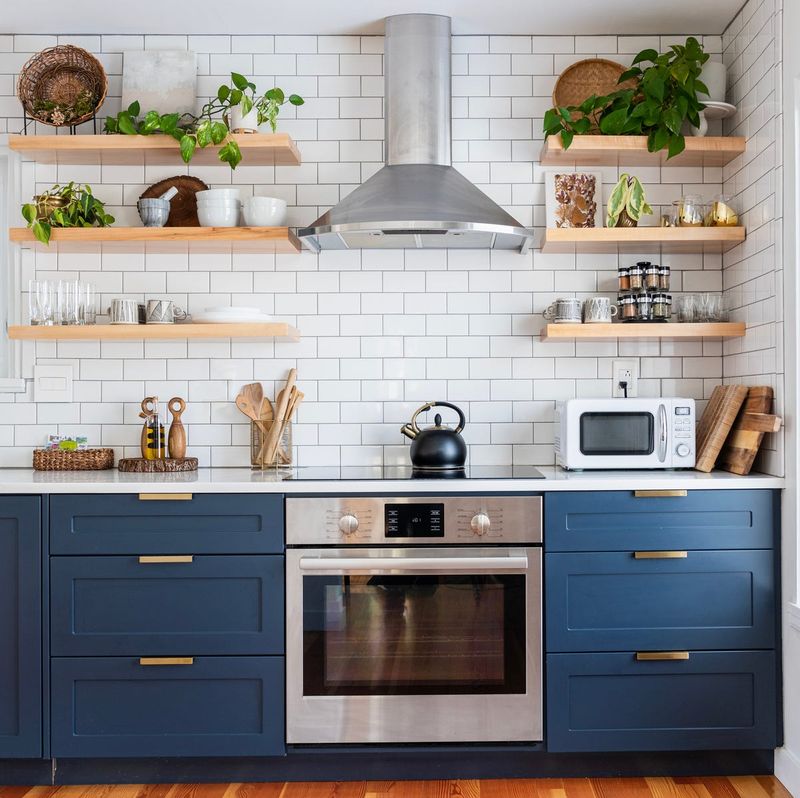
Those Instagram-worthy kitchen shelves displaying perfectly matched dishes and artfully arranged spice jars? In real life, they’re a dusty, impractical nightmare that makes potential buyers mentally calculate installation costs for proper cabinets.
Open shelving requires constant styling and cleaning to look presentable. Most families don’t want their mismatched coffee mugs and plastic sippy cups on permanent display. Plus, kitchen grease and dust create a constant cleaning burden that today’s busy homeowners simply don’t have time for.
If your kitchen features extensive open shelving, consider replacing some sections with closed cabinetry before listing. Buyers value storage that hides everyday clutter, not showcases it. A small section of open shelving for display items can stay, but moderation is key.
6. Faux Reclaimed Wood
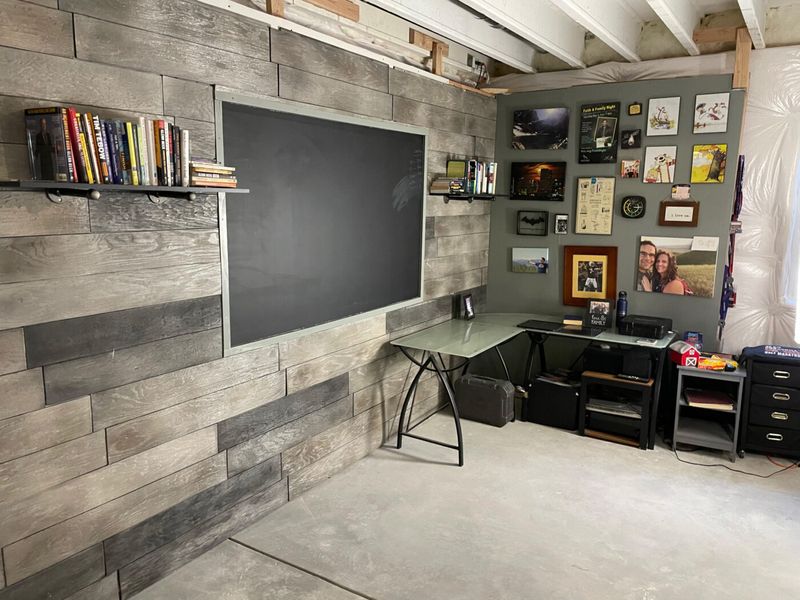
The rustic farmhouse trend brought with it an avalanche of fake “reclaimed” wood products that fooled no one. These mass-produced panels with artificially distressed finishes and uniform “weathering” patterns scream inauthentic to today’s more sophisticated buyers.
Worst offenders include stick-on wood-look wall panels, prefab ceiling beams with identical knot patterns, and furniture made to look aged but clearly manufactured last month. The plastic-like sheen and perfectly placed “distressing” marks are dead giveaways.
Authentic character comes from genuine materials or clean, honest modern alternatives. Ditch the faux-aged finishes before listing and opt for either truly reclaimed materials (if that’s your style) or embrace contemporary finishes that don’t pretend to be something they’re not.
7. Industrial Lighting in Every Room
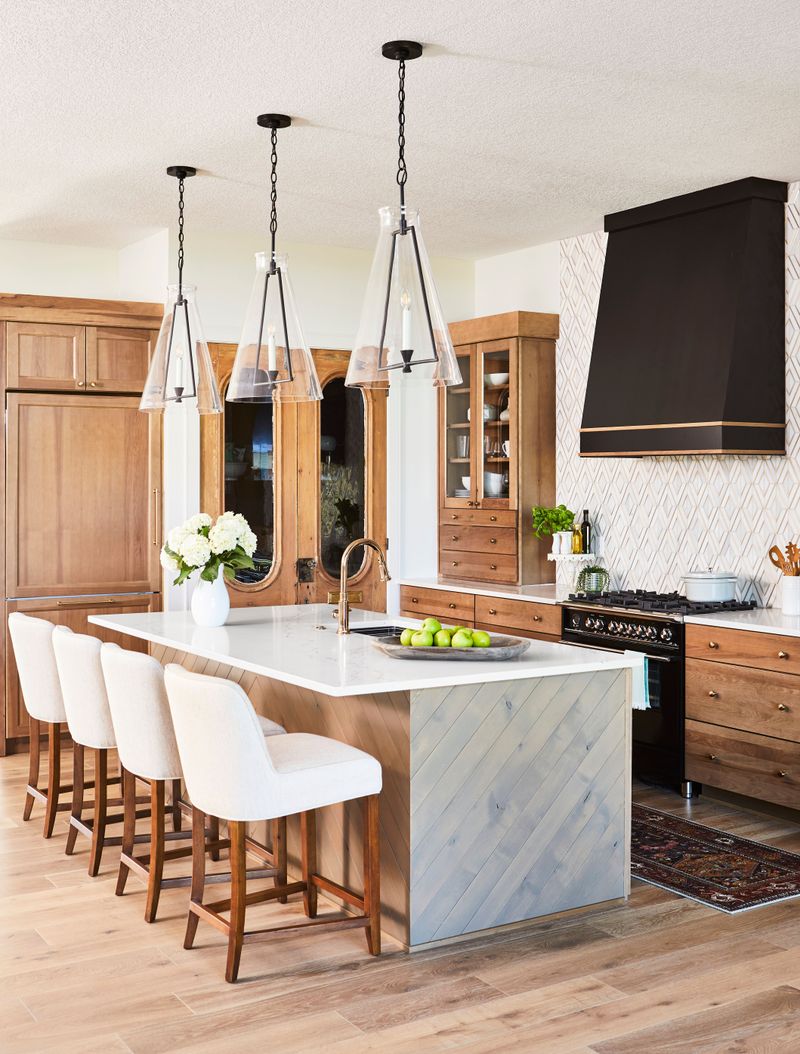
Edison bulbs and exposed pipe fixtures had their moment, but when every single light in your home looks like it belongs in a Brooklyn craft brewery, buyers get turned off fast. The industrial lighting trend works in moderation but becomes visually exhausting when overused.
Having identical cage pendants over your kitchen island, dining table, entryway, and bathrooms creates a themed park feel rather than a cohesive design. Many of these fixtures also provide harsh, insufficient lighting that fails to meet the practical needs of daily living.
Before listing, replace at least some industrial fixtures with more timeless options. Keep perhaps one statement piece in a fitting location like over a dining table, but allow other lighting choices to create balance. Your home should feel like a home, not a restaurant trying too hard to be cool.
8. Ultra-Minimalist Kitchens
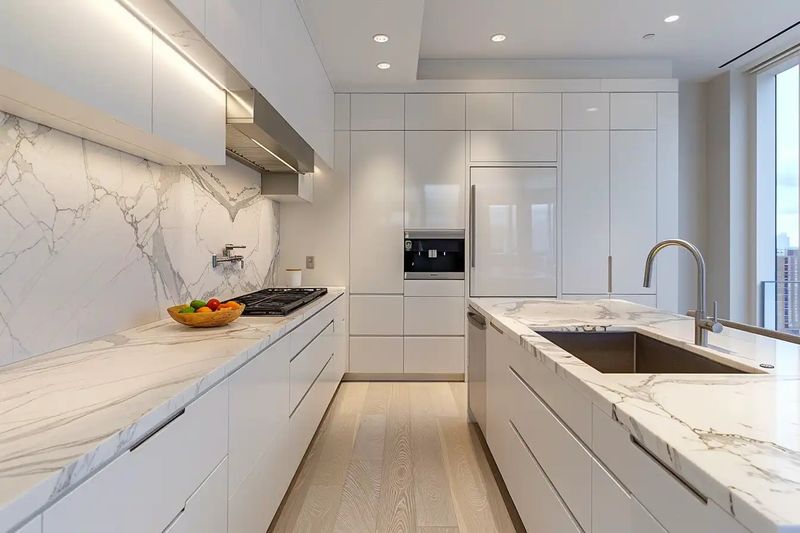
Those sleek, handleless kitchens with hidden appliances and zero visual interest might photograph well for architecture magazines, but they send practical homebuyers running. Kitchens that prioritize a stark aesthetic over functionality signal to buyers that cooking isn’t actually welcome here.
Hidden storage that requires special mechanisms to access, drawer fronts that need to be pushed to open, and appliances concealed behind panels all look impressive initially but quickly frustrate in daily use. Most families want a kitchen that accommodates the messiness of real cooking and gathering.
If your kitchen is ultra-minimalist, consider adding some practical elements before listing. Simple hardware on cabinets, a few visible quality appliances, and some warm accents can transform a sterile space into one that buyers can actually imagine using for Sunday dinner prep.
9. All-White Everything
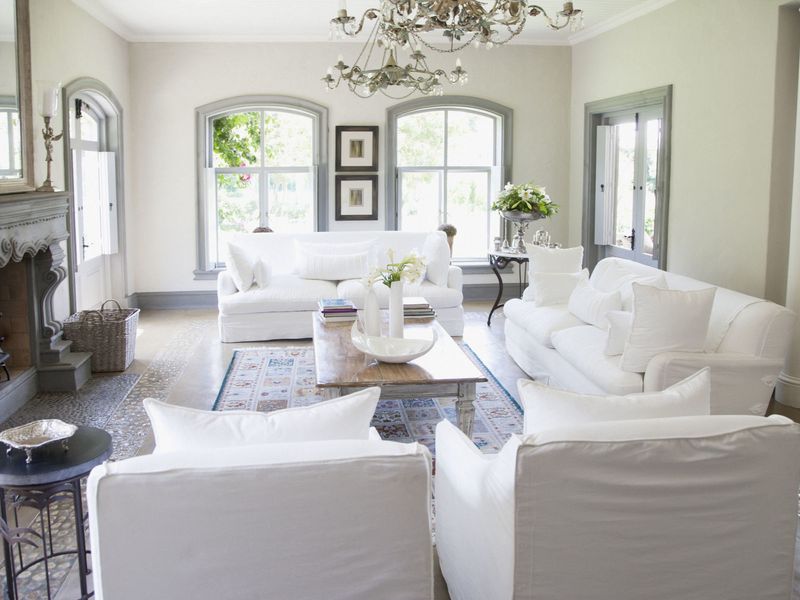
The clinical all-white aesthetic has officially overstayed its welcome in home design. While white walls provide a clean backdrop, homes where everything from floors to furniture to accessories is stark white feel institutional rather than inviting to today’s buyers.
Living in an all-white space is also impractical for most families. White sofas, white rugs, white kitchen cabinets – they all show every speck of dirt and require constant maintenance. Buyers with children or pets will immediately calculate the cost of replacing these impractical surfaces.
If your home resembles a hospital ward, introduce some warmth before listing. Natural wood tones, textural elements, and even subtle color accents can transform a sterile space into one that feels livable without sacrificing the clean aesthetic that white provides as a background.
10. Vessel Sinks
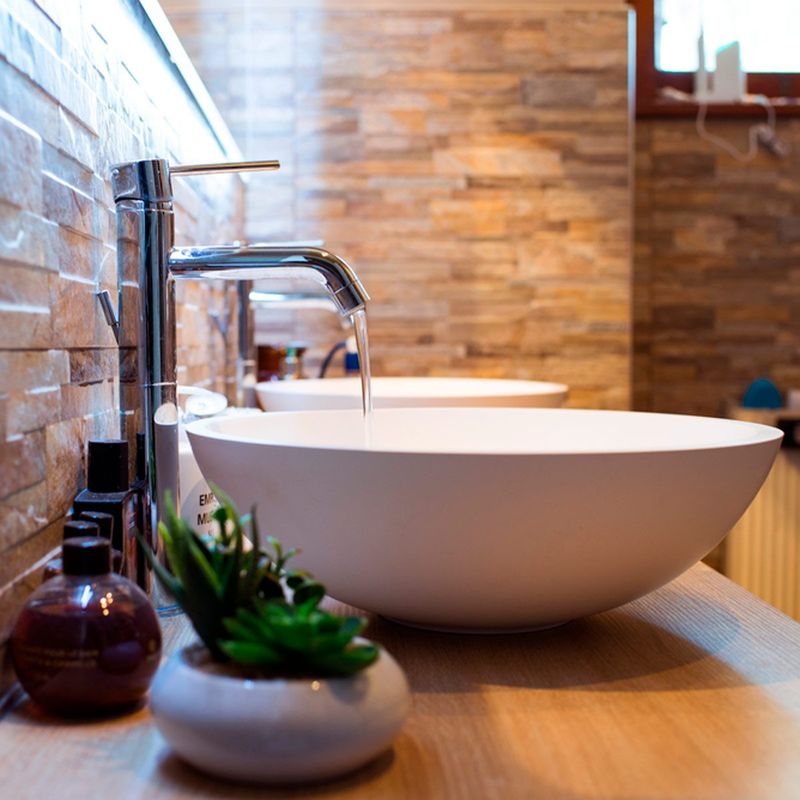
Those bowl-like sinks that sit on top of the counter rather than being inset were once the height of bathroom luxury. Now they’re near the top of buyer renovation lists. Vessel sinks are impractical water-splashers that create cleaning nightmares in the crack where they meet the countertop.
Using these sinks daily reveals their design flaws: they’re too high for comfortable use, especially for children; water splashes everywhere; and the seal around the base inevitably collects grime that’s nearly impossible to clean properly. The unusual height also makes them awkward for basic tasks like washing your face.
If you’re preparing to sell, replacing vessel sinks with standard undermount options is a relatively inexpensive update with significant return. Buyers strongly prefer bathrooms that don’t require immediate renovation, and this simple change removes a major red flag.
11. Popcorn Ceilings
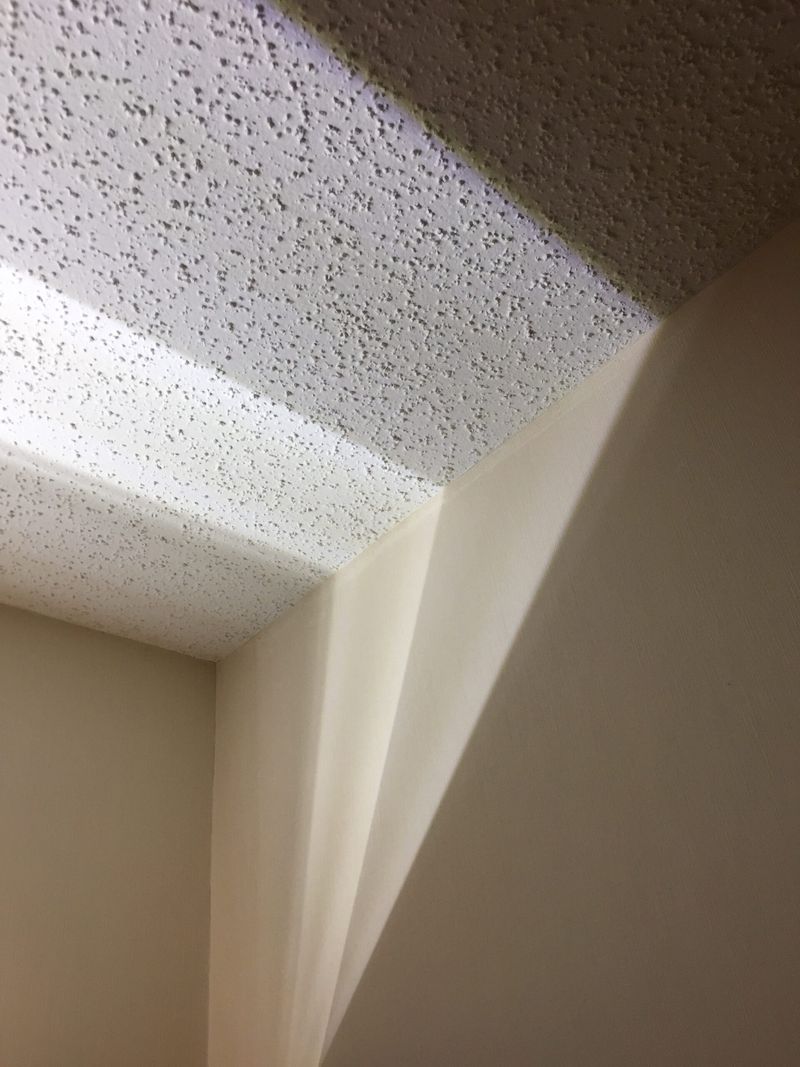
If your home still sports these textured nightmares, you’re actively driving down your property value. Popcorn ceilings scream “outdated” to buyers and raise immediate concerns about asbestos in homes built before the 1980s.
Beyond the potential health hazards, these bumpy ceilings collect dust, are impossible to clean properly, and cast unflattering shadows that make rooms feel darker. Attempting to paint them only emphasizes their outdated texture. Most buyers will factor ceiling removal costs into their offers typically thousands of dollars off your asking price.
Professional removal is your best pre-listing investment if you have popcorn ceilings. The transformation to smooth ceilings instantly modernizes spaces and eliminates a major buyer objection. If asbestos testing confirms it’s safe, this update typically returns far more than it costs in higher selling prices.
12. Wallpapered Accent Walls
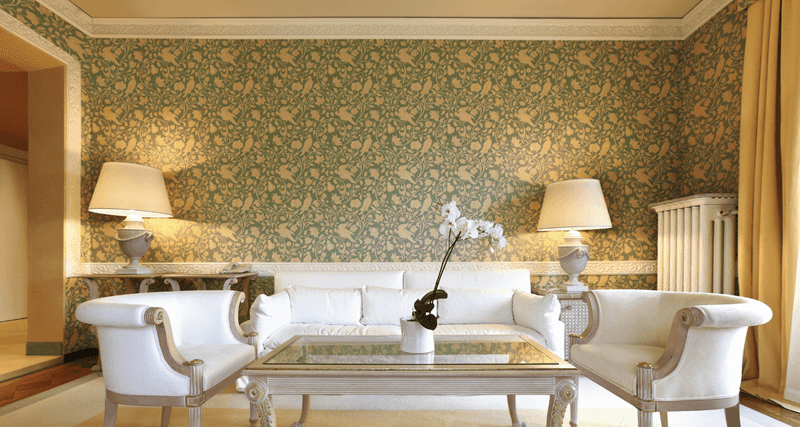
That bold geometric or floral wallpaper you installed on a single wall as a “pop of personality” is likely dating your home faster than almost any other design choice. Accent walls in general have fallen out of favor, but wallpapered ones particularly signal “2018 design trend” to today’s buyers.
Bold patterns quickly become visually tiresome and reflect very specific personal taste that rarely aligns with buyers’ preferences. What’s worse, removing wallpaper is a notoriously difficult job that most buyers dread tackling. Many will calculate removal costs and lower their offers accordingly.
If you’re preparing to sell, removing wallpapered accent walls and painting the room a neutral color creates a blank canvas that appeals to the widest range of buyers. This relatively inexpensive update can prevent your home from feeling instantly dated to potential purchasers.
13. Glass Block Walls
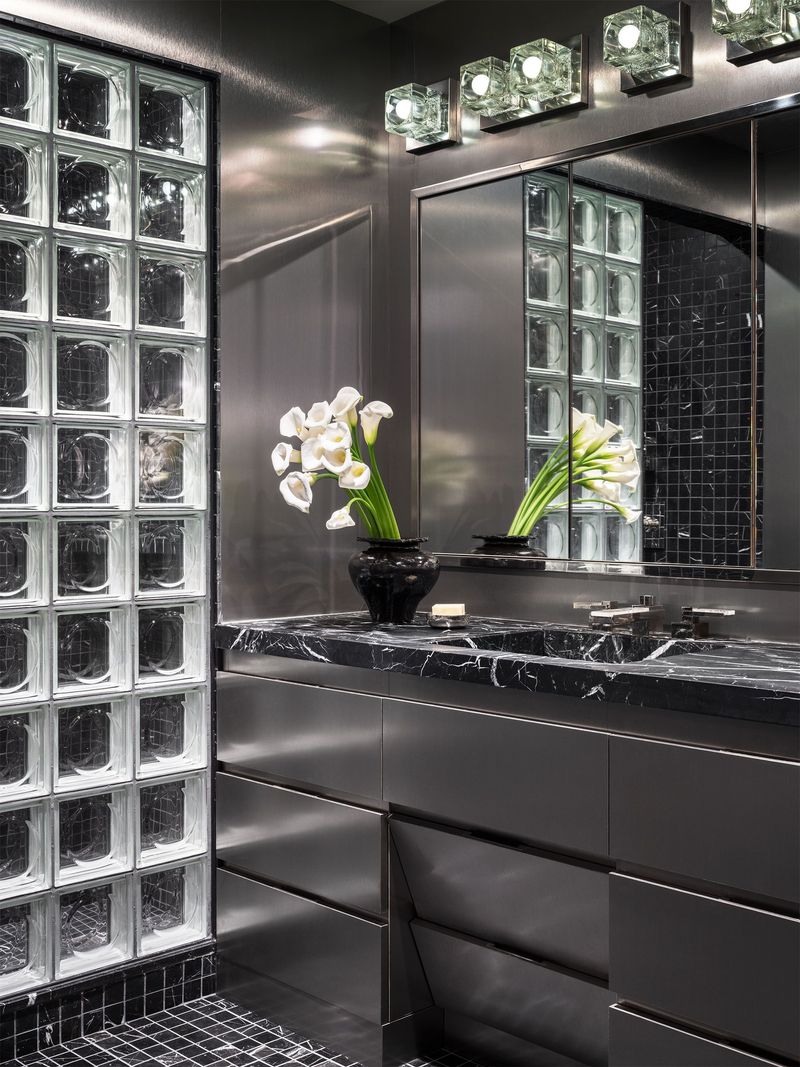
Nothing screams “1980s” quite like a glass block wall or window. These chunky translucent blocks once signaled luxury in bathrooms and room dividers but now immediately date a home and land it on buyers’ renovation lists.
Glass blocks distort light in unflattering ways, collect dust in hard-to-clean crevices, and provide neither the openness of clear glass nor the privacy of a solid wall. Their distinctive look is so strongly associated with a specific era that they make an entire home feel outdated, regardless of other updates.
Removing glass block installations before listing can dramatically increase buyer interest. Replacing bathroom glass blocks with modern privacy windows or shower doors, and removing divider walls entirely to create more open flow, transforms spaces from dated to desirable with relatively straightforward construction.
14. Faux Barn-Style Garage Doors
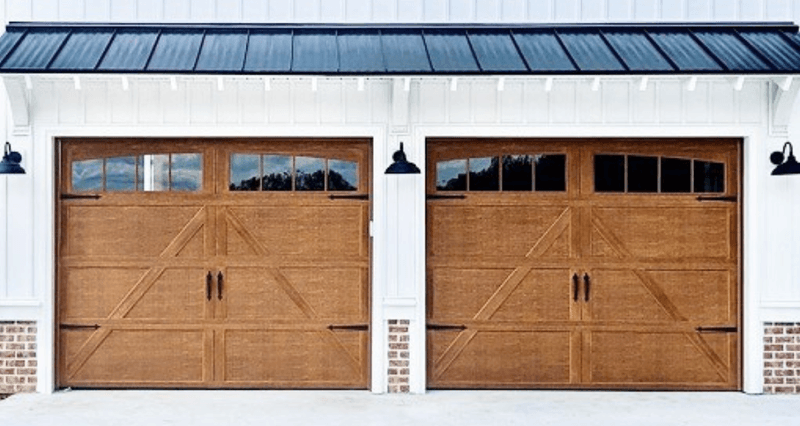
The farmhouse trend infiltrated even exterior design, with faux barn-style garage doors becoming trendy despite making little architectural sense on most suburban homes. These decorative doors with X-patterns and fake hardware look increasingly out of place as the farmhouse trend fades.
Beyond style concerns, these doors often sacrifice function for appearance. Many lack proper insulation, create noise issues, and require more maintenance than standard garage doors. The forced rustic aesthetic also clashes with most neighborhood contexts, making homes stand out in an unfavorable way.
If your home sports these decorative doors, replacing them with simple, quality garage doors before listing will broaden your buyer pool. Contemporary buyers prefer garage doors that blend seamlessly with architecture rather than calling attention to themselves with themed design elements that don’t match the home’s actual style.
15. Cluttered Gallery Walls
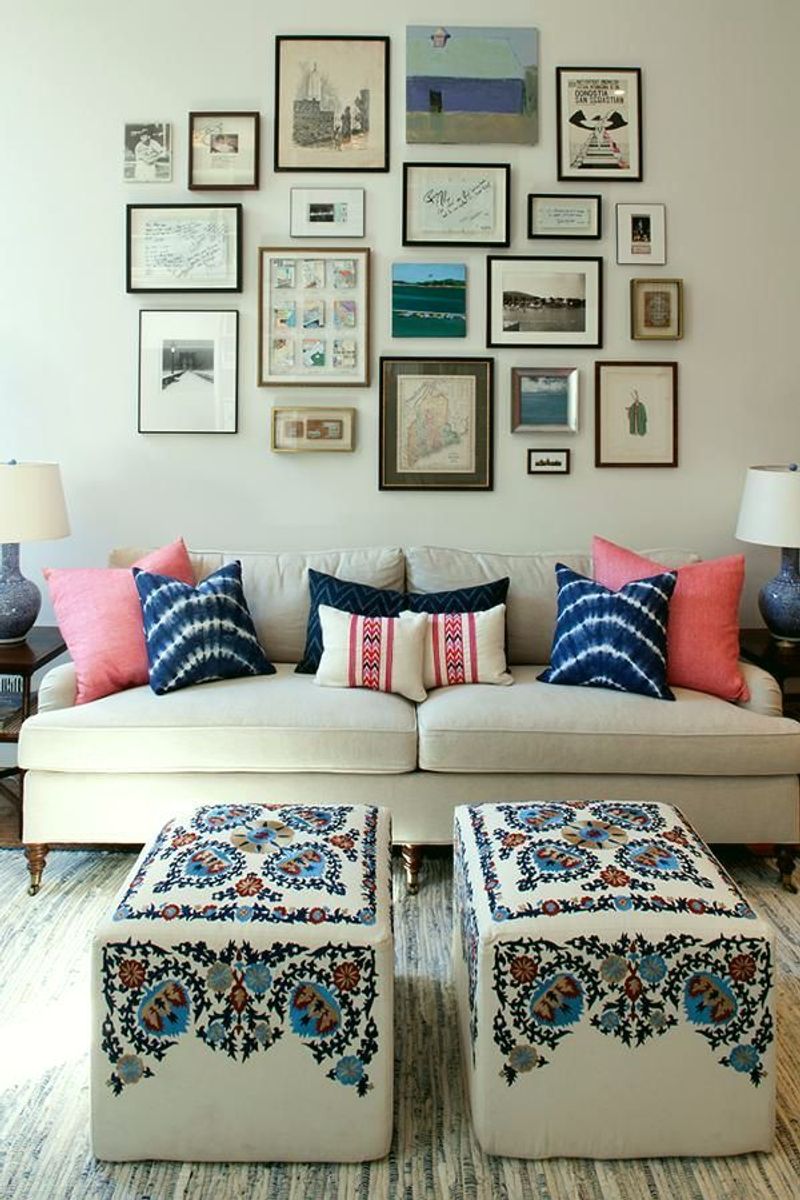
Those Instagram-worthy walls covered in dozens of mismatched frames and objects once seemed like the perfect way to display personal collections. Now they register to buyers as visual chaos and unnecessary nail holes that will need repair.
Overly busy gallery walls make spaces feel smaller and more cluttered than they actually are. They also make it difficult for potential buyers to envision their own items in the space. The very personal nature of these displays often featuring family photos and mementos creates an emotional obstacle to buyers seeing the home as potentially theirs.
Before listing, simplify gallery walls dramatically or remove them entirely. A few carefully placed, larger art pieces create a more sophisticated look that helps buyers see the actual architectural features of your home rather than being distracted by a wall of visual clutter.
16. Carpeted Bathrooms
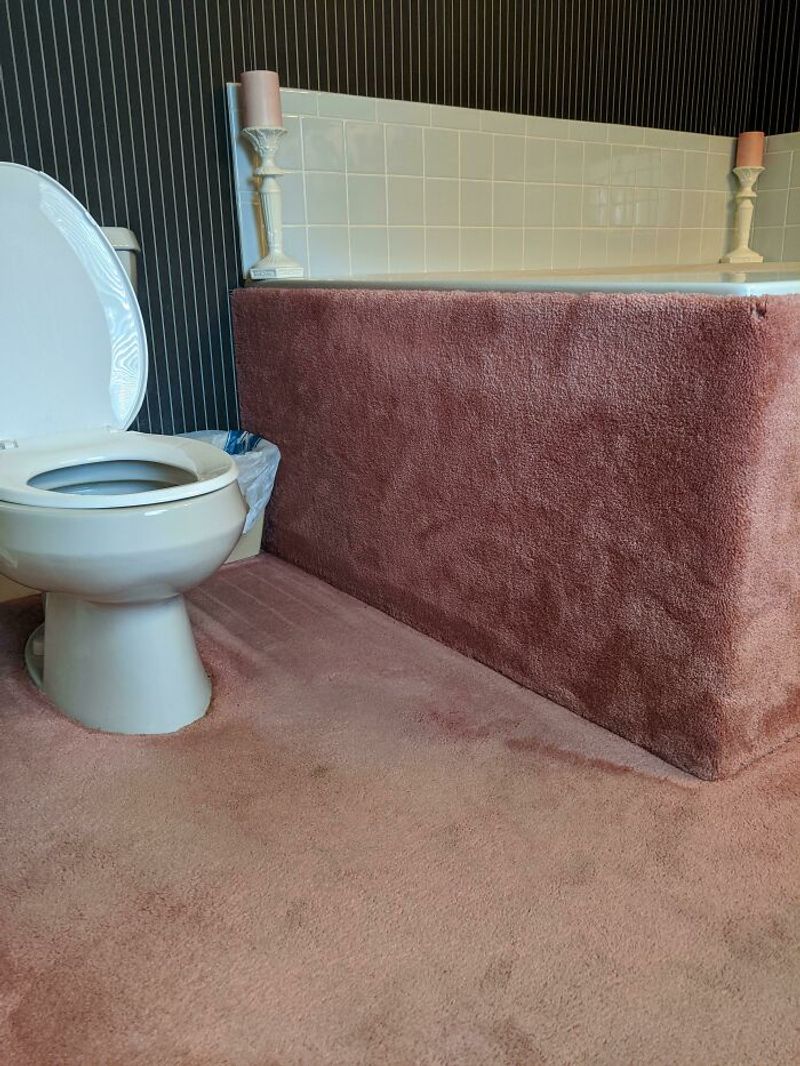
If there’s one design choice guaranteed to make buyers run screaming, it’s carpet in bathrooms. This hygiene nightmare ranks as perhaps the most universally rejected home feature across all buyer demographics.
The problems are obvious: moisture from showers and baths leads to mildew and mold growth beneath the carpet. Toilet overflow situations become catastrophic rather than merely inconvenient. Even daily use results in unsanitary conditions that can’t be properly cleaned, no matter how diligent the homeowner.
If your home has carpeted bathrooms, removing this feature before listing is absolutely essential. Replace with tile, vinyl, or other water-resistant flooring appropriate for wet areas. This relatively inexpensive update will prevent immediate buyer rejection and eliminate what would otherwise be a major negotiating point for price reductions.
17. Overly Themed Rooms
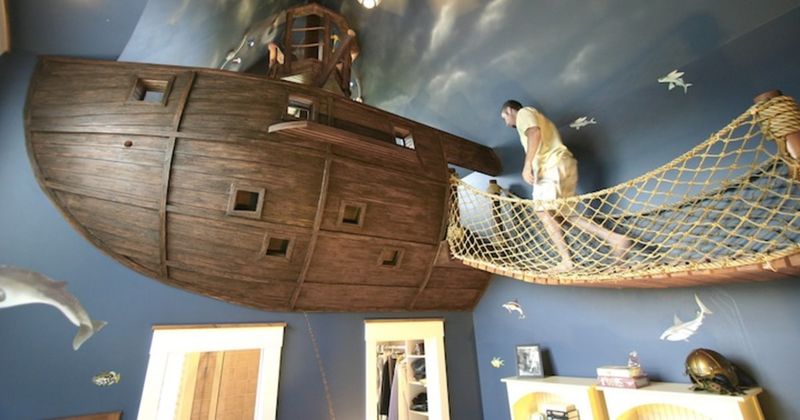
That Tuscan kitchen next to your nautical bathroom and jungle-themed bedroom creates a disjointed funhouse effect that buyers find jarring and immature. Heavily themed rooms especially children’s rooms with built-in features like castle walls or race car beds register as renovation expenses to practical buyers.
When each room in a home follows a different decorative concept, the overall effect lacks cohesion and sophistication. Permanent themed elements like Mediterranean tile murals in kitchens, tropical ceiling fans with palm leaf blades, or built-in themed furniture pieces are particularly problematic as they can’t be easily changed.
Before listing, neutralize overly themed spaces and create more cohesive flow throughout your home. Remove permanent themed elements where possible and create a more unified design approach that allows buyers to envision their own style preferences in the space.
18. Mirrored Walls
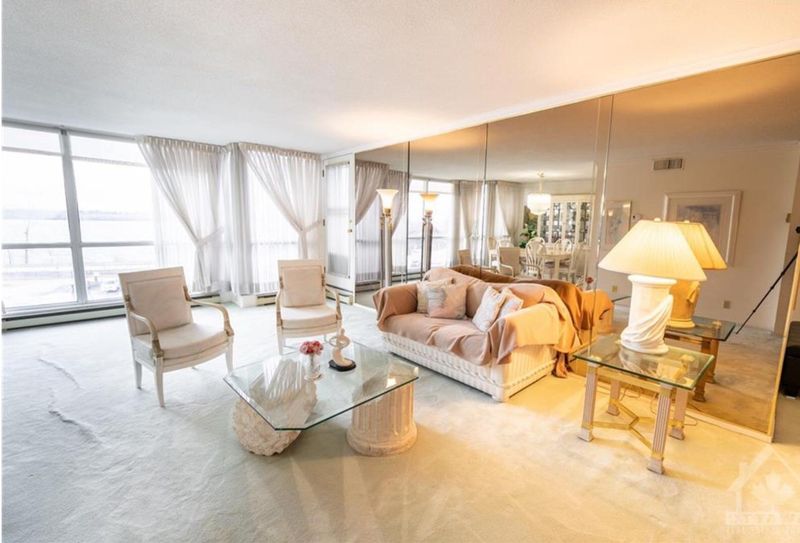
The 1980s called, and they want their design choices back! Floor-to-ceiling mirrored walls remain in far too many homes, creating a dated, disorienting effect that buyers universally reject. These reflective surfaces might have once created the illusion of space, but today they just create the reality of renovation costs.
Beyond looking outdated, mirrored walls present practical problems. They show every fingerprint and dust particle, create confusing reflections that can be disorienting, and are extremely difficult and potentially dangerous to remove. The adhesives used to install them often damage the underlying wall, creating additional repair expenses.
If your home features mirrored walls, professional removal before listing is strongly recommended. Though not inexpensive, this update prevents your home from being immediately categorized as “dated” by potential buyers and eliminates a significant renovation hurdle.
19. Tuscan-Style Kitchens
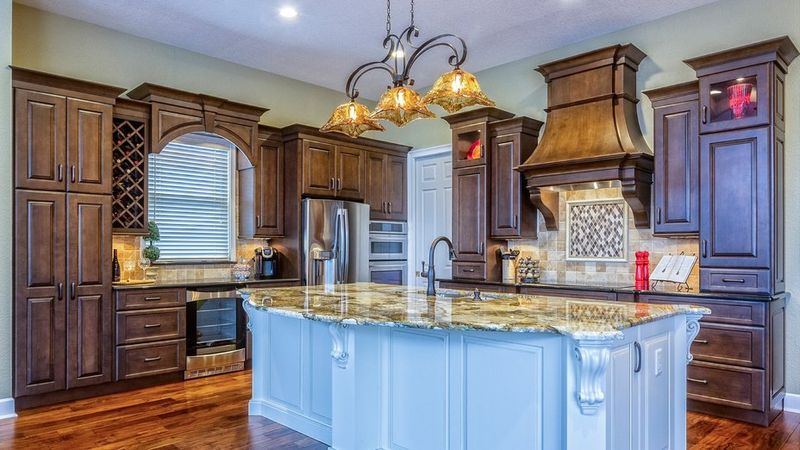
Those faux-Mediterranean kitchens with dark cherry cabinets, busy granite, ornate corbels, and bronze fixtures are now firmly on buyers’ renovation lists. This heavily decorated style that peaked in the early 2000s feels cluttered and dated to today’s buyers who prefer cleaner lines and lighter finishes.
Tuscan kitchens typically feature a problematic combination of dark cabinets, busy granite with gold/brown/black patterns, ornate tile backsplashes, and decorative architectural elements like corbels and carved range hoods. The overall effect is dark, busy, and stylistically specific in a way that rarely aligns with contemporary preferences.
While complete kitchen renovation before selling isn’t always feasible, painting dark cabinets a lighter color and replacing ornate hardware with simpler options can help modernize the space. At minimum, removing excessive decorative elements creates a cleaner look that’s less likely to immediately turn buyers away.
20. Corner Tubs
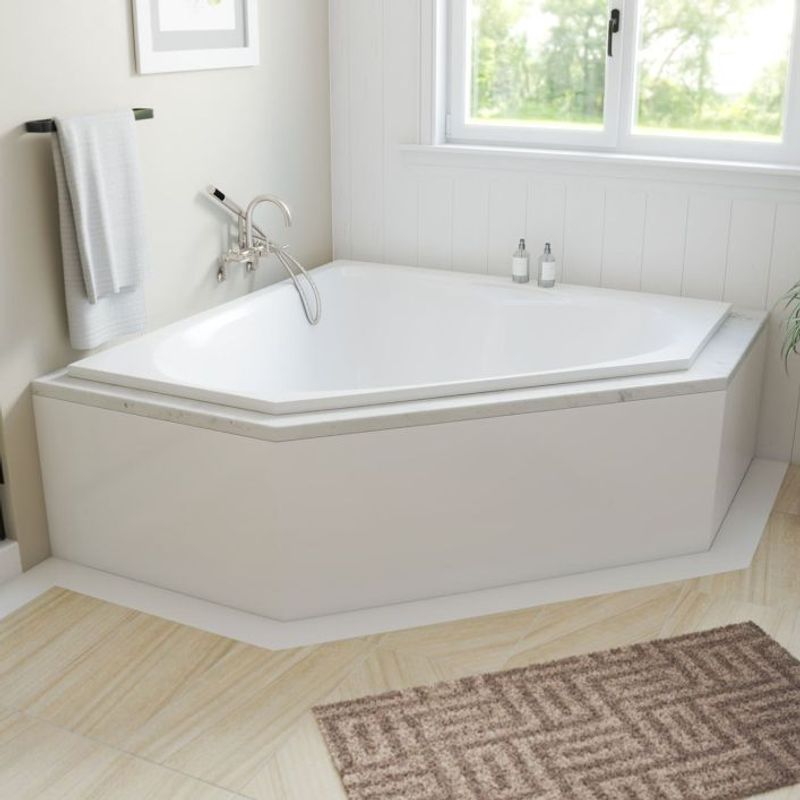
Those massive triangular jetted tubs that dominated master bathrooms in the 1990s have fallen dramatically from favor. Once considered the height of luxury, these space-hogging fixtures are now seen as wasteful, outdated water-wasters that nobody actually uses.
Corner tubs present multiple problems: they consume enormous amounts of water, require significant time to fill, often have jets that harbor mold and bacteria, and take up space that modern buyers would prefer to allocate to larger showers. Their awkward triangular shape also makes them difficult to clean properly, especially where they meet the wall.
If your bathroom features one of these relics, consider replacing it with a modern freestanding tub (if space allows) or eliminating it entirely in favor of an expanded luxury shower. This update, while not inexpensive, removes a major renovation hurdle for potential buyers.
21. Laminate Wood Lookalike Flooring
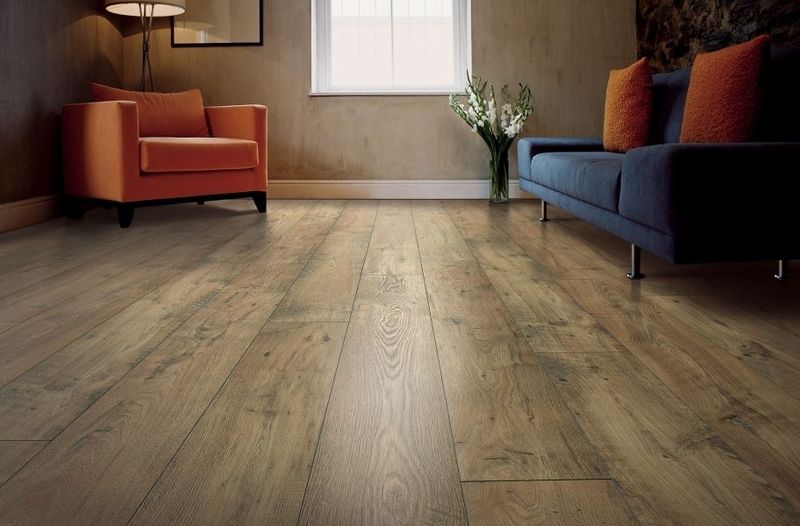
Cheap laminate flooring with unconvincing wood patterns has become an immediate red flag for discerning buyers. These budget materials with their plastic-like shine, repeated pattern boards, and hollow sound underfoot signal corner-cutting to potential homeowners.
The worst offenders feature unrealistic wood grain patterns, orange-tinted “cherry” finishes, or exaggerated hand-scraped textures that look manufactured rather than authentic. These floors also tend to reveal damage easily once scratched or water-damaged, they cannot be refinished like real hardwood.
If you have low-quality laminate throughout your home, replacing it in main living areas with higher-grade flooring before listing can significantly impact buyer perception. Modern luxury vinyl plank (LVP) or engineered hardwood provides more authentic appearance at reasonable cost, removing a major buyer objection without breaking your pre-sale budget.
22. Over-Scented Homes

Your passion for vanilla-scented plug-ins might be masking something buyers will discover later. Homes overwhelmed with artificial fragrances immediately trigger suspicion about what odors you’re trying to cover up – whether it’s pet accidents, smoking residue, or moisture issues.
Walking into a house with competing scents from candles, diffusers, plug-ins, and sprays creates an assault on the senses that prevents buyers from experiencing the home’s actual atmosphere. Strong synthetic fragrances can also trigger allergic reactions or headaches in sensitive individuals, cutting showings short.
When preparing your home for sale, remove all artificial scents at least 48 hours before showings. Address any actual odor issues at their source rather than masking them. If you want a pleasant scent, subtle natural options like simmering citrus peels or fresh flowers provide a welcoming atmosphere without raising red flags.

